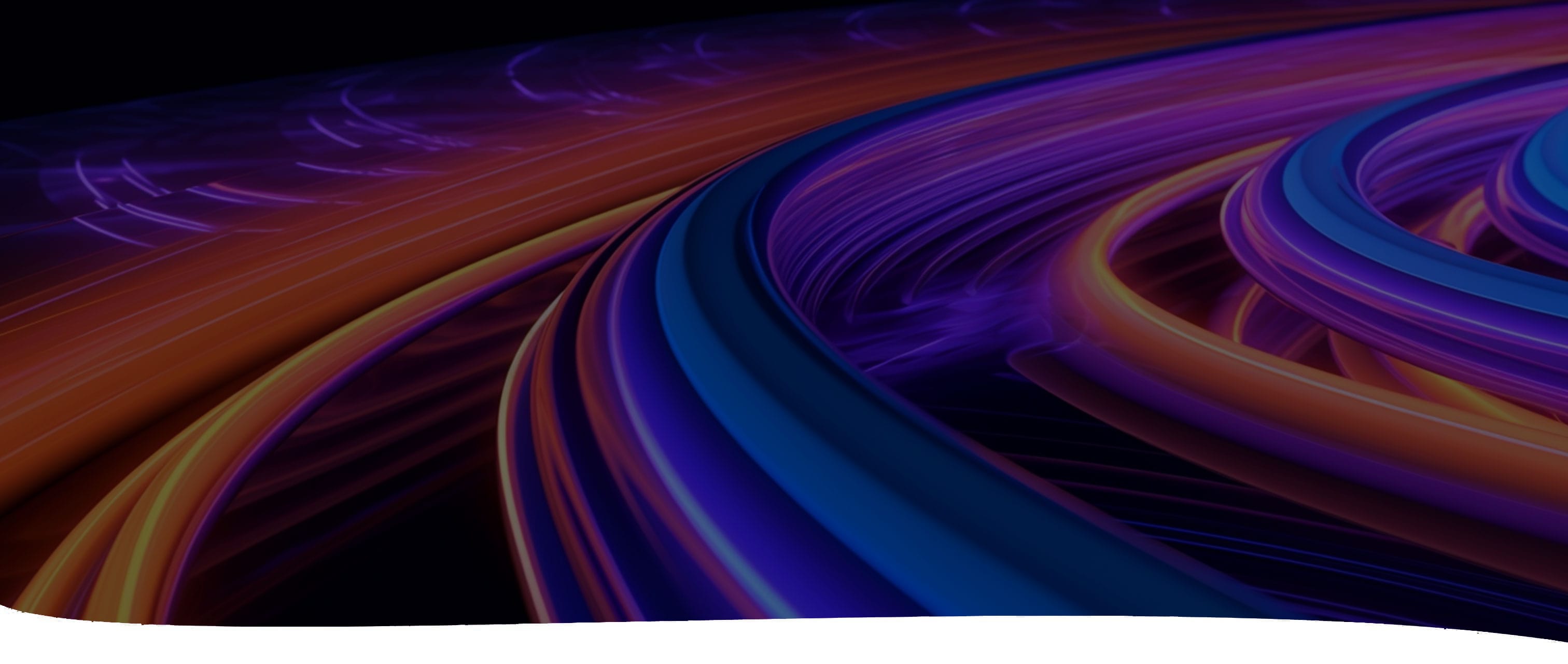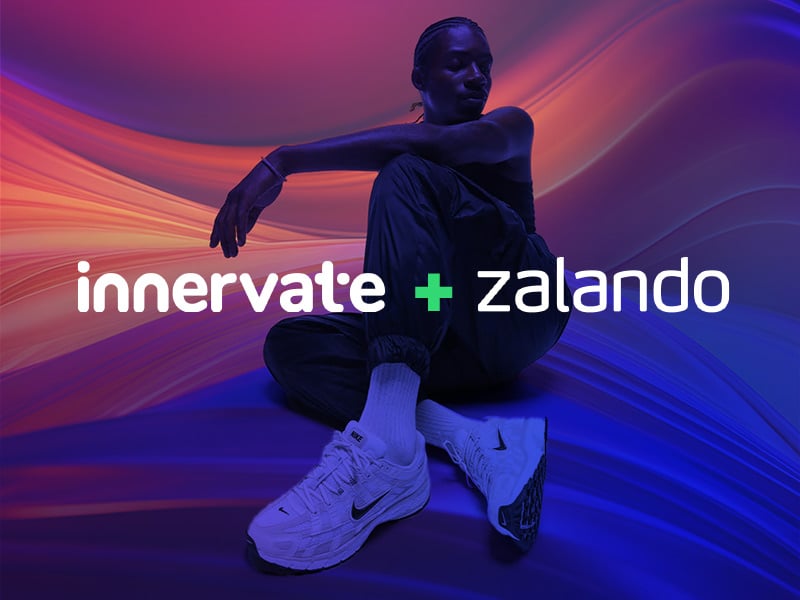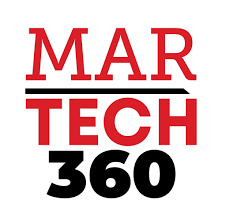For years, marketers have utilized real-time data and artificial intelligence to inform decisions on how to adjust media allocations, but with the increased focus on improving customer experience, it's essential to use these same practices (and more) to optimize creative delivery, writes Serge Ioffe, Co-Founder and CTO of RevJet.
Optimization is one of the foundational elements of any successful marketing or advertising practice. For years, marketers have utilized real-time data and artificial intelligence (AI) to inform decisions on how to adjust media allocations in order to increase the likelihood that a campaign will meet its goals, but with the increased focus on improving customer experience, these same practices (and more) need to be used to optimize creative delivery.
Before completely turning optimization over to the machines, consider the questions you’re asking, the process or methodology that will be used, and where AI can be leveraged to augment the process in order to yield the best results. I’ve outlined one such process as four stages of creative optimization that marketers should consider in order to deliver truly meaningful customer advertising experiences.
The stages are defined as Exploration, Exploitation, Evolution, and Extension.
Ideally, a successful creative optimization practice travels from Exploration (A/B/n testing or multivariate testing), to Exploitation (divert impressions to the top performers), to Evolution (which is supported by genetic algorithms), and finally to Extension (where deep learning extends the addressable audience).
Exploration
All optimization begins with exploration. Let’s use an email campaign with a goal of maximizing open-rate as an example. The campaign includes a number of fungible creatives based on three different headlines, two different images, and two different CTAs (calls to action) – 12 total variants. The only way to learn which works best is to deliver the emails and find out how the consumers respond. This feedback loop of acting and measuring the results is called Exploration.
In our example, we discovered that neither CTA nor image affects the open rate, and really only the headline makes a difference. The winner is “Headline C” with a 30% open rate.
Exploitation
The next optimization stage is called Exploitation. This is where AI techniques seamlessly and effectively combine the information discovered through Exploration to exploit it – while it’s still actionable. Let's investigate what this means by modifying our initial example.
Imagine that the emails are sent over time instead of all at once where response-rate is collected in real-time. We begin to build a picture of which specific variant is performing best. Using this information, we adjust unsent emails. We either overweight future emails to the better performing variants, underweight to the worst performing ones, or turn off the worst ones altogether. This is called Exploitation.
A traditional algorithmic approach confirms losing creative with statistical significance and immediately deactivates it. A modern, AI approach called Reinforced Learning (RL) creates a model that learns which creative variants drive the desired outcome. It’s important that all variants are not tested at once because then we wouldn’t be able to take any actions. Rather, marketers should trickle out a steady but adjustable stream of creative variants and collect feedback. By learning what’s working, we reinforce the ones that are performing better and underweight those that are performing worse.
Evolution
A less obvious third step is Evolution. The challenge with even the best exploration/exploitation algorithm is that it merely finds the best option from a finite set of variants. But the world of possible variants is not finite. We didn't have to use three headlines, it could have been 3 more or 300 more or 3000 more. The creative itself can be comprised of so many variables that the permutations are infinite.
The question becomes: how can we search an infinite set of creative possibilities? One answer is found in what is called Genetic Algorithms. Genetic Algorithms don't attempt to compute every possible known state. Instead, they take a number of variants, compete them against each other and find a winner -- a local maximum. Taking that maximum, they then create mutations or variations of the winner. The winner spawns a generation of children that compete with one another, producing a new winner and so on.
As we’ve seen, an optimization algorithm that is capable of exploitation is better than one that simply explores. An algorithm that is capable of evolution is more effective than one that only explores and exploits.
Extension
Identification of the target audience or audience segment is a foundational component of every advertising and marketing campaign. However, many marketers are applying a traditional approach: They are defining the audience in the planning stage. Marketers assert a number of mutually exclusive audiences – each receiving its own messaging and creatives. For example, “People who have an affinity for the brand” or “People who are aware of the brand” or “Men who purchased a mattress”.
With machine learning, asserting the audience segment apriori is typically not as effective as discovering audience segmentation from actual campaign data. The former also restricts the potential size of the audience. Earlier, we discussed the AI technique, RL (reinforced learning). RL works without the need to have labeled datasets. RL is based on taking an action and observing the result: email this creative or that creative, try this variant or that variant.
There is a complementary technique to RL called Deep Learning (DL). RL is best suited to Exploitation whereas DL is best suited to audience Extension. Unlike RL, deep learning uses “categorized data” to create clusters of things that belong together. A relatable example of DL is learning to identify pictures of cats and pictures of dogs. The classifier is a model that is fed a training set containing a lot of pictures labeled either as a “cat” or as a “dog”. DL then models the individual features of these pictures in a “neural network”. The neural net, when presented with a picture that it has never seen before, uses the specific features to make a prediction that this is a cat or that this is a dog, and this prediction often has a very high degree of veracity to it. In fact, I’ve read stories where by using deep learning image recognition, the algorithm is actually able to identify tumors better than radiologists.
The key way in which deep learning differs from reinforced learning is that it requires the data to be labeled. And this is a beautiful thing about the email marketing example: it lends itself very well to both of these models simultaneously. So, as the emails are sent, there are many different traits learned that become inputs to the deep learning model such as time sent, customer location, the current weather, gender, purchase history, are they opening this email at work or at home, and so on.
That deep learning model can then create clusters, which marketers would call a “unique audience”, based on the actual in-campaign behavior of the consumers.
In our initial example, we determined that CTA does not matter. However, using deep learning it could be uncovered, for example, that there are two different clusters that cancel each other out. In one cluster, people prefer the CTA that emphasizes price and in the other cluster, they prefer the CTA that emphasizes quality. The first appeals to people who look for a bargain, while the second appeals to people who value workmanship. When comparing CTA performance to the other variants, CTA makes no difference because the performance of each cluster is canceled-out by the other. Using DL we are then able to extend the audiences to discover clusters of people who respond to the price message versus people respond to the quality message. Additionally, by repeating the reinforced learning (the exploration, exploitation, evolution cycle within each audience cluster) we're able to get even higher response rates. So, instead of achieving 30%, performance could improve to 40% because we have found audiences that we can reach with a unique and distinct message.
There are many different flavors of creative optimization that a marketer can employ in order to incrementally improve campaign performance. By following the “4 E’s” with a smart application of artificial intelligence, marketers will be able to uncover the full potential of any creative across any audience and media channel.
Read the original article on MarTechAdvisor.




